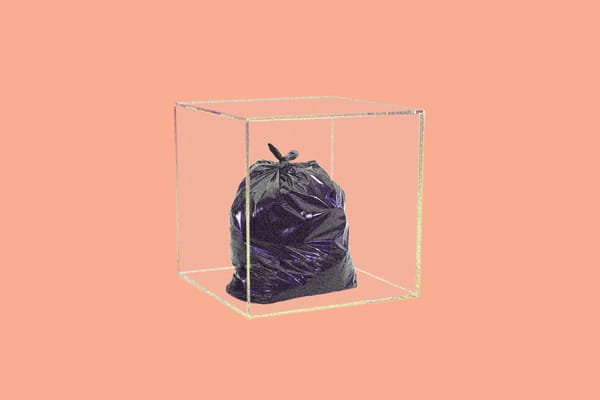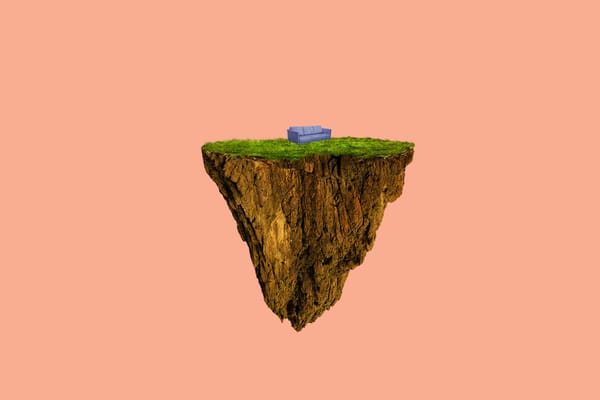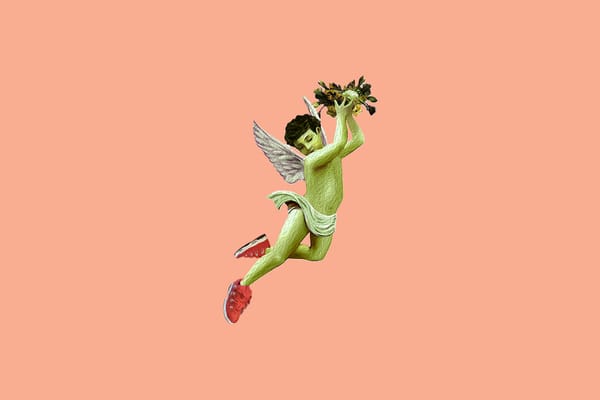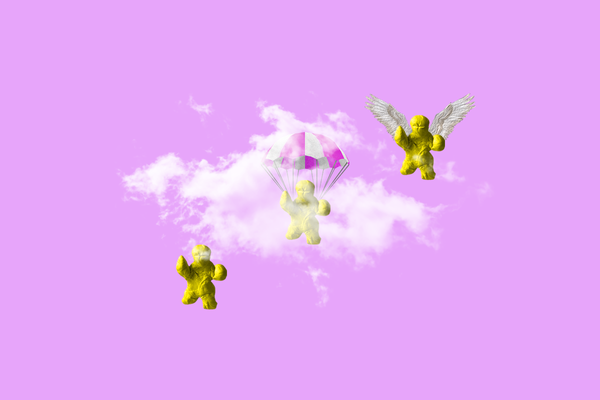No regrets
Plus: HUF's Forever, Keegan Sauder, what is this? And more.
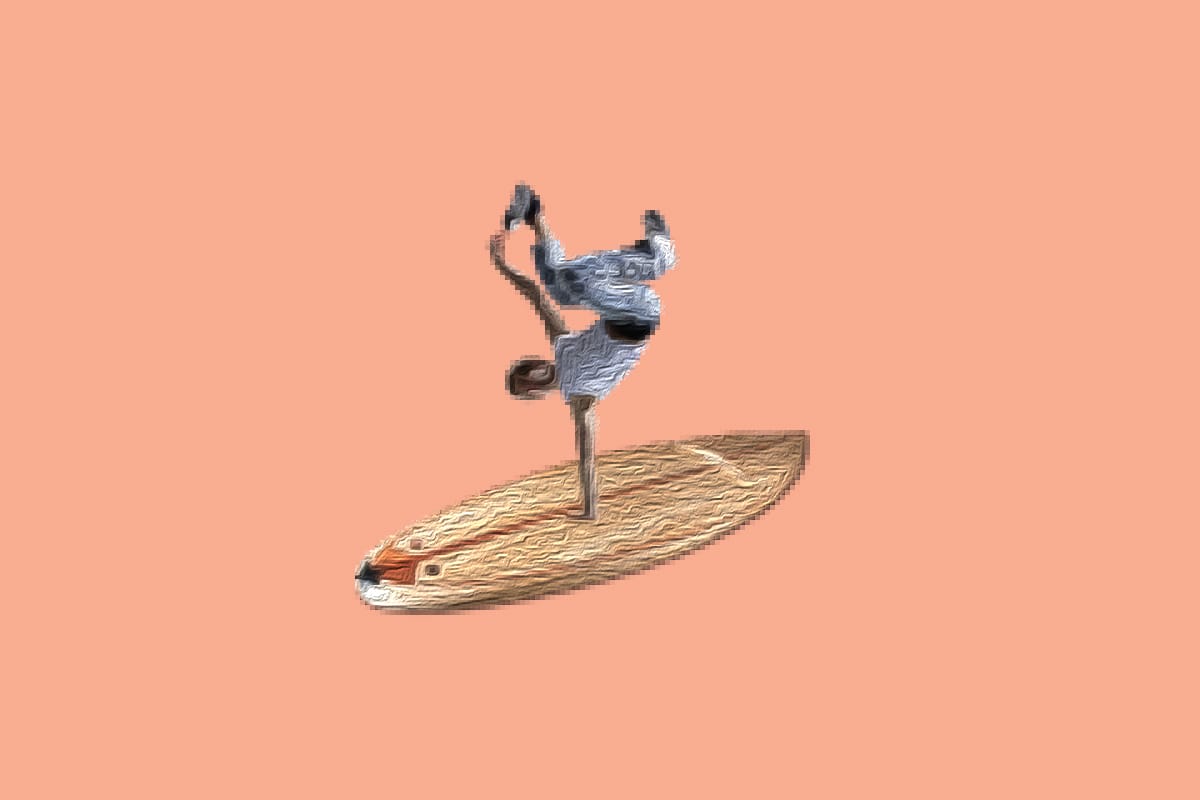
The definitive weekly ranking and analysis of all the skateboarding and other online things that I cannot stop consuming and how they make me feel, personally.

No regrets
Rank: 1
Mood: 🥇
Yuto Horigome has stuck it to the naysayers, the worrywarts, and those afraid of stepping on a toe or two. According to an Instagram post promoting his excellent new Tokyo-centric video part in support of his Nike Dunk colourway, this has always been a dream of his — and one that he achieves here — despite being told of the limitations of the city and those his new celebrity status as a gold-medal-winning Olympian might bring him.
I was able to accomplish something I always wanted to do, which was to complete a skate part in Tokyo. After the Olympics, I was told so many times that I wouldn’t be able to skate the streets in Japan anymore, that it would get covered negatively on the news, that Olympic athletes aren’t allowed to skate the streets of Tokyo, and I couldn’t do anything at all. But if I can’t skate in Tokyo, the city I grew up in, like I used to do with my friends, then what’s the point of skateboarding and it being an Olympic sport?
That’s a good question. However, the point of skateboarding being an Olympic sport was always the IOC wanting to bring in a new and younger demographic of viewers to the Games, whose ratings had taken a dip in recent iterations. Did it work? From all available data, no. In the United States, they were the “least-watched Olympics ever, Summer or Winter,” according to Sports Media Watch at the time, but have since been bested by the historically poor numbers of the Beijing Winter Games in 2022. Globally, the Summer Games’ audience reportedly dipped from the previous Games’ high of 3.2 billion to 3.05 billion.
“I have no regrets on shooting this video in my hometown!” Horigome’s post continues. And he shouldn’t; it’s an otherwordly effort and solidifies him as one of the greats — give him the key to the city and let him run roughshod in the streets, Tokyo. Or at least relax a little when it comes to skating. You’re the home of the champ!
Another question: Does the IOC have any regrets about bringing skateboarding into the fold, given their continued tanking viewership numbers? Or does it matter, skateboarding just another carrot to dangle in front of the world — like breaking or surfing — in hopes that people will tune in for a bite? And if that’s the case, has skateboarding’s inclusion in the Games turned out to be a better deal for skating than it has for the Olympics? It’s created superstar skateboarders, brought in endorsement money from all angles (Horigome rides for Delta Airlines, of all things, lol), and added the Game’s perceived prestige and legitimacy to the sport, which is why you see Olympic-style skateparks popping up all around the globe.
That would also answer Horigome’s rhetorical from a more macro level because that’s ultimately the point of any sport becoming an Olympic one — growth.

Forever, early
Rank: 1
Mood: 👀
HUF clothing’s first full-length video, Forever, was due to be released on Thrasher’s website a few Mondays ago, but music rights issues delayed its scheduled upload. It eventually went live today, but not before it “went live” by unofficial means last week, with Forever finding temporary homes on multiple personal YouTube channels before Thrasher’s copyright claims struck them down.
Ideally, this wouldn’t happen at all, but as we’re now firmly entrenched in the practice of skate videos being released for free online — and the expectation that all skate media should more-or-less be available for free instead of the work that goes into it being recognized with customer dollars — what do leaks and illegal(?) uploads like this mean? If a video is slated for free release online but gets released online for free by a separate party whose upload receives a few hundred views, is there any tangible effect on the owner and publisher of said video besides the bummer of not posting it first themselves?
This obviously isn’t an issue only the skateboarding industry grapples with or has acquiesced to, but it is a sad reality that the people who create the art and entertainment we love to endlessly consume continue to have fewer avenues to get paid, and when they do, it’s less and less. Does that mean I didn’t watch the not-Thrasher upload of Forever? No. Of course I did, which is part of the problem. The way the media landscape has evolved, hard copies of new videos are rarely produced, and it simply takes a few keyboard strokes to find whatever it is you’re looking for anyway. P-Rod tried to warn us.
Existential worries aside, Forever is a genuinely beautiful skateboarding video. Filmmaker Tyler Smolinski has given it the thing that makes it infinitely rewatchable: heart. Yes, the skateboarding is impressive, but it’s the cinematography, the composition, the way the b-roll creates a narrative, adds a punchline, or is tied together by stray whisps of audio. It’s how shots are left to sit; silences are allowed to build and create tension. It’s the distinct art direction, how the songs that have plagued Smolinski’s release are given such individual love in the credits.

If you let it, Forever will make you feel something, as all things with heart do. Whether that’s shock at whatever Cyrus Bennett was somehow able to ride away from, the pleasure of watching Dick Rizzo carve his niche ever deeper, Sam Navaraez’s palpable joy, the aggression of an ever-focused Nick Matthews, the rage of American Pie’s Jason Biggs as he appears to threaten a filmer, or the touching tributes and homages to the late Keith Hufnagel scattered throughout.
There’s a shot somewhere in the middle of the film where a person we see from behind shuffles over to a dead pigeon and picks it up. From our angle, it’s never made clear whether they’ve taken it into their arms to comfort or take a bite from it. Those are the disparate, unpredictable feelings this skateboarding video conjures. They have an edge. An impact. They stay with you. Hopefully, forever.

Sauder’s stunting
Rank: 1
Mood: 💀❤️

Canadian skateboarding stalwart Keegan Sauder has long been the owner of one of the most memorable PRO “skate faces.” The puffing out of his cheeks mid-trick was once referred to as his — if the memory of a photo caption read decades previous serves correct — “gumball face.” From the swing of their arms to the clothes they wear and how rocket their kickflips are, it’s one of those small details that makes how a skateboarder rides said skateboard memorable.
Plus, not only does Sauder look cool and rip on a skateboard, but he surfs, can do scary things on a motorcycle, pilots helicopters, and is an all-around nice guy — a guy whose guest board I would gladly pay some of my own money for. Thankfully, Jenny Skateboards has made the always-wise strategic move of showing love to a much-beloved veteran skater.
This is how you speak to your target demographic of Western Canadian skateboarders. Love it.

Talent parity, exposure disparity
Rank: 1
Mood: 🌎 🌍 🌏
It’s not that this ever wasn’t true to some extent, but in our current time, when the level of skateboarding and on-board progression has never been higher, it is still wild to think that there are just everyday normal people out there wandering this big, withering orb who you may never hear of or watch in your life who might also be one of the most gifted skateboarders of all time. Is there any other sport with such unreal levels of talent parity yet startling amounts of exposure disparity? Hacky Sack, maybe?

What is this?
Rank: N/A
Mood: 🤨
This week, The Berrics posted a sit-down interview of sorts with former UFC Featherweight champion Max “Blessed” Holloway. The interview was done by Steve Berra, who tries to bridge the gap between skateboarding and MMA with a typically cringe intro blurb for the piece.
As skaters, we often find ourselves engaged in brutal battles between the trick we’re trying to do and the physical universe that so badly doesn’t want us to do it. Our night, and sometimes the entire rest of the week or even month, can hinge, for better or worse, on whether or not we ride away victorious. There have been many names for our endeavors. Battles. Clinics. Fights. Each of them would accurately describe what we go through as skaters at every level of the game. From the first kickflip to the last. But what if we weren’t skaters? What if the thing that stood between us and victory wasn’t a handrail or a set of stairs or some manual we’re trying to get our Daewon Song on? What if it were something that fought back, better yet what if we’re someone who not only fought back but was trained to kill you with his bare hands? A man who knows the only way he’s going home happy is if you’re sprawled out on the floor in a daze, with stars in your eyes, thinking about nothing but where in the world you went wrong. I think if there were anyone we could identify with in our battles as skaters, it would be, in some strange way, our brethren in the world of MMA.
Cool. And also, what? What is this? Who is it for? If you follow MMA, then you’ve heard Holloway tell the stories in this video before. And while Holloway is an engaging character and one of the few good people in the sport, why is this on a skateboarding content website? There’s simply not a strong enough throughline connecting the two sports in this piece for it to make sense on this platform.
Also, in his blurb, Berra misspells the name of Holloway’s last opponent, “The Korean Zombie” Chan Sung Jung, as “Yung,” and later on egregiously transcribes Holloway saying, “I end up losing and I end up getting tapped down (emphasis mine) in the first round.” If you understand MMA at all or wrestled with your siblings as a child, you’ll know that people don’t get “tapped down,” they get “tapped out.” While this may be overly nitpicky, it leads me to believe this piece makes even less sense as Berra doesn’t know or care enough about MMA to get these small but important details right but remains confident enough to think it fits on his skateboarding website.
Interestingly, when I checked The Berrics this morning, the video was nowhere to be found on the homepage, no matter how far I scrolled down. I imagine this could be chalked up to a CMS glitch, as you can find it in the “news” section of the site, and the Instagram posts promoting it are still up (and are full of confused commenters asking why they’re posting it), but it’s still strange. My guess is that The Berrics is either experimenting with new types of content to boost engagement, or this was a piece shot for some other purpose and outlet that never got used, so it instead wound up here.
Whatever the case, it still leaves me wondering: What is this?

Something to consider: If you do not face your fears, you may lose your face.

Good thing: The Genesis crew came up to Vancouver and had a nice time.
A simple plan thing: Get yourself some sponsorship deals with Adidas, Toyota, and Visa, and a loving sibling who is also a skilled carpenter and you too can get your own private TF.
Another good thing: Mami Tezuka is making the most of her recovery time.
A good thing about capitalism preying on the vulnerable: I watched the final episode of Telemarketers on HBO last night and it is something special — and especially sad.
A good thing about capitalism devouring culture: “50 Years Later, Is There Anything Left Of Hip Hop?” by Jason England for Defector.
And that brings us to the other major factor in hip hop’s death as a culture: It lost control of its own discourse, which guarantees incoherence and dilution. The tension between discourse and content—which plagues all art and media, all public intellectualism, and even the individual in ways most of us didn't foresee—has proven fatal. Expertise is de-incentivized: You don’t have to know what you’re talking about when the attention economy demands and rewards constant chatter. Criticism has been mostly discarded in favor of boosterism and listicles.
Until next week… if you find yourself taking a long train trip, make sure you spend a good amount of time staring out the window. These are landscapes you may never see again, dotted with wildlife that have seen your kind countless times before. You’ll see Herons perched on rocks in the ocean surf who look utterly disgusted with the simple idea of you and can’t wait for your giant, unwieldy machine to carry you on. It’s a beautiful thing.


I wrote a book about the history and cultural impact of Tony Hawk’s Pro Skater, and I will keep posting about it at the end of the newsletter for the foreseeable future. Apologies. It’ll be in stores on September 26 and you can pre-order Right, Down + Circle now from your favourite local bookshop, my publisher ECW Press, or all of the usual devils (Amazon, Barnes & Noble). I think you might like it.
We’re also gonna have a book launch for the thing if you’re kicking around Vancouver on September 26. Stoked to have some real talented folks on the lineup for this one.



